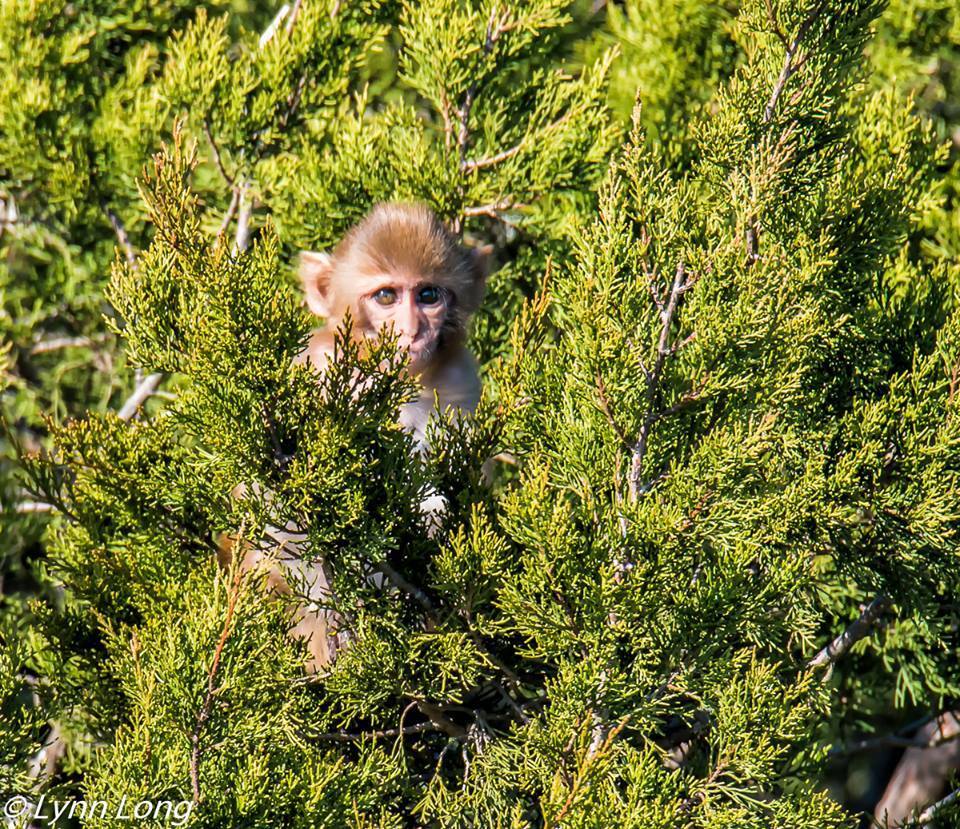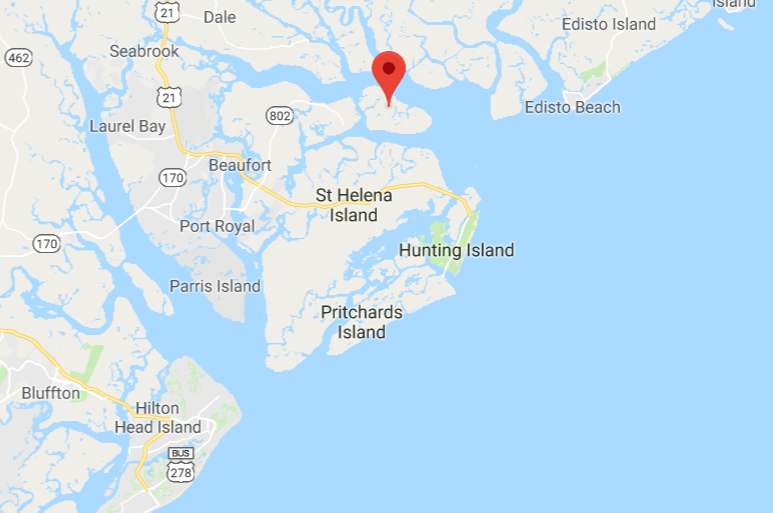Yes, there are monkeys in Beaufort. Well, sort of. You won’t see one crossing the road at Hunting Island and you don’t have to worry about them crashing your backyard cookout looking for a burger either.
They live on Monkey Island. Officially named Morgan Island, it’s trees, dunes and beaches are inhabited by nearly 4000 monkeys. It’s home to one of only two Rhesus monkey colonies in the U.S. and is considered the largest free-ranging monkey colony in the entire country.

Though it can be difficult to find on a map, it’s a 2,000 acre island located north of St Helena Island where the Coosaw and Morgan Rivers meet.
How’d they get there in the first place?
In the late 1970s, the original monkey colony of 1400 was moved to Morgan Island from a research facility in Puerto Rico. This happened after several monkeys infected with a virus escaped the facility and caused outbreaks among the locals in Puerto Rico; and the state of South Carolina offered the island for research.

While the SC Department of Natural Resources owns the island, the monkeys are property of the National Institute of Allergy and Infectious Diseases, part of the National Institute for Health, and therefore protected by federal law. The colony is provided food, water and veterinary care in compliance with federal laws.
Can you see them?
The monkeys offer entertainment of all kinds for folks who come by in boats and kayaks…and they sure are cute, but quite dangerous. Federal law prohibits people from being on the island, but you can see the monkeys safely from the water, often seeing them playing, eating and walking on the beach…or just doing whatever monkeys do.

This is truly a wild monkey island, not a monkey habitat within the safe confines of a zoo. There are a few local Beaufort-area tour companies that will take you near the island. The best time to catch them out in the open is during the morning when they are hanging out on the beach and exterior parts of the island. Like us humans, they’ll search for shade during the heat of the day, and then they’ll be gone until the next morning.











